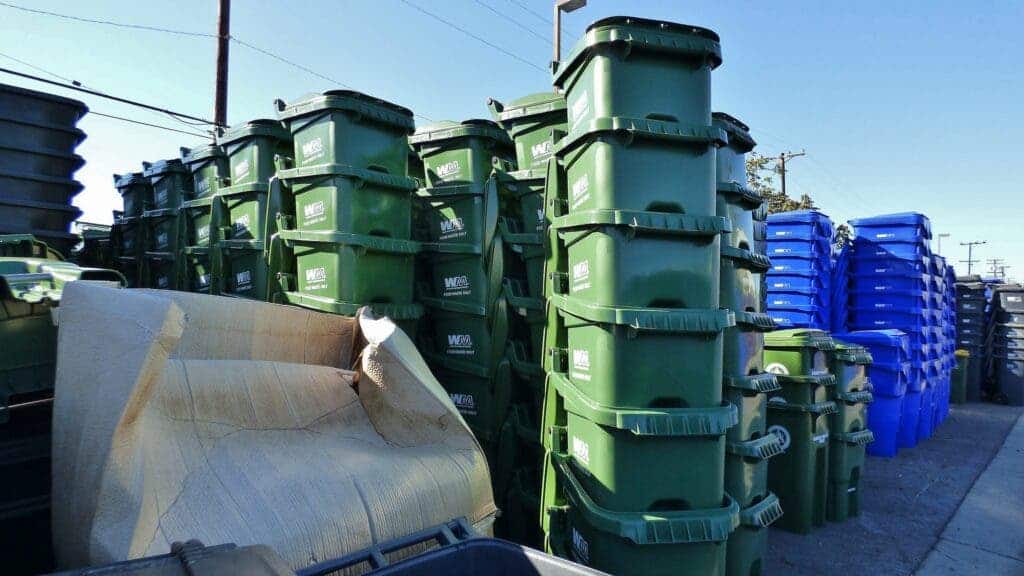Developed countries (and the US especially) wastes an enormous amount of food. Now, a group of researchers has found a possible solution, developing technologies that can convert food waste into renewable fuel that could be used to power vehicles while tackling greenhouse gas emissions.

The US is the ignoble global leader in food waste, with Americans discarding nearly 40 million tons of food every year. That’s around 80 billion pounds of food (219 pounds per person) — and between 30 and 40% of the US food supply is wasted. Most of this food is sent to landfills. In fact, food is considered the single largest component taking up space in US landfills. A survey showed 94% of Americans throw away food regularly.
Food waste happens for many reasons, and at every stage of the production and supply chain. It can arise from problems during drying, milling, transporting, or processing, for example with food exposed to bacteria. At the retail level, the equipment can malfunction and lead to food loss. Consumers also contribute, buying or cooking more than they actually need.
Researchers at the Department of Energy’s Pacific Northwest National Laboratory have been working for decades to efficiently produce fuels derived from plants or animal wastes rather than petroleum. So far they managed to create biofuels from feedstock such as agricultural residues, algae, forest byproducts, sewer sludge, and manure.
Now, they’ve decided to take it a step further and tackle food waste, successfully converting it into an energy-dense biofuel that could complement today’s fossil fuels. While further research is still needed, early results already show that food waste could be transformed into biofuel efficiently at a large scale, delivering economic and environmental benefits, the researchers explain.
The process starts by blending the food waste. The researchers used a piece of customized equipment known as the Muffin Monster that grinds everything, including wrappers and packaging. They obtain a mush and warm it so it can be continuously pumped into a reactor and converted into fuel. Still, they want to further improve the process by testing different types of food waste.
Thanks to its higher fat content and lower mineral content, more gallons of biofuel could be produced per ton of food waste than with other feedstocks, according to Steven Ashby, the director of Northwest National Laboratory. Food waste can be made into a pumpable slurry, simplifying biofuel production and reducing the pre-processing cost needed with the other feedstocks.
The researchers also believe that food waste could be obtained much cheaper than other feedstocks, which have higher cultivation and harvesting costs. Food waste is generated in abundance across the US and people are willing to pay for its disposal. Using it instead of growing crops also prevents arable land to be used to fuel rather than food.
At the same time, turning this waste into fuel would prevent it from going to landfills. When waste decomposes, it generates methane, a powerful greenhouse gas (GHG) that drives climate change if it’s not captured. A United Nations report estimated that global food waste generates annually 4.4 GtCO2 eq or about 8% of total anthropogenic GHG emissions.
The researchers are now specifically assessing the resources available near Detroit, Michigan, so to establish the mixture of food waste, sewage sludge, and fats, oils, and greases that could be consolidated and used to produce biofuel. They estimate that the production of biofuel plants could be 10 times larger in urban areas by including food waste while tackling emissions. Still, in order to use this method at a large scale, a hefty amount of infrastructure needs to be built.









